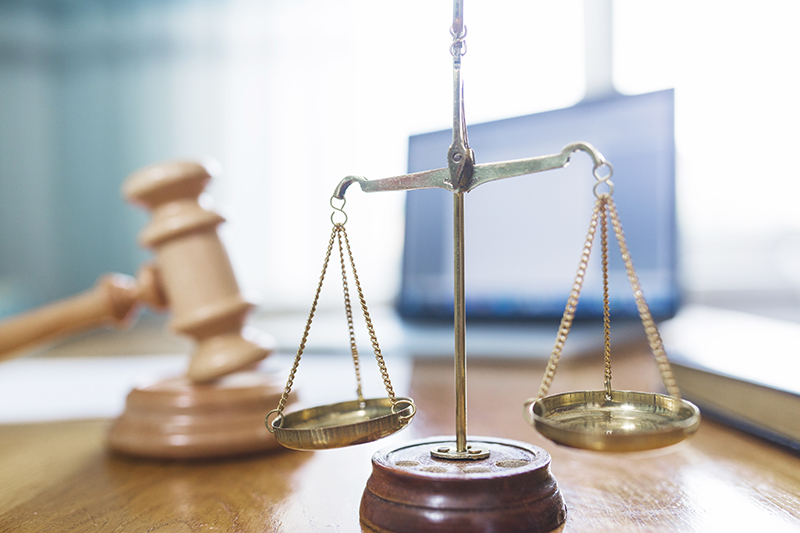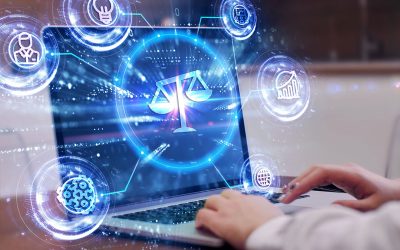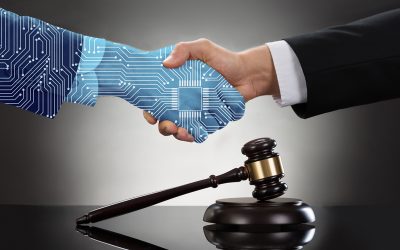
The digital court reporting comes with 5 key benefits, according to the World Bank (www.blogs.worldbank.org):
- Improves efficiency: Digital recordings offer courts easy and quick access to the verbatim record, and allows them to maintain and control the official record. Judges and lawyers can see, review, and mark up transcripts for reference as they are generated on the computer, which saves time. Lawyers and parties can focus on the proceedings instead of taking notes.
- Improves integrity and transparency: Digital records have a stamp of legitimacy. In cases where visual or oral cues are significant, recordings allow proceedings to be reviewed in lower courts and ensure their procedural integrity.
- Eliminates procedural abuse: Digital records can be monitored easily, which can prevent procedural misuse.
- Expands access to justice: e-court reporting allows depositions to be held outside the courtroom, benefiting vulnerable victims and defendants. Real-time transcription or audio amplification during a trial improves quality of translation and interpretation, and is a big help for people with hearing impairments.
- Promotes courteous behavior: Digital recordings and monitoring can improve norms of behavior and attitude in the courtroom.
However, the success of digital court reporting depends on adherence to best practices:
- Careful installation of the equipment: The hardware and software should be properly installed. For effective coverage of the proceedings, microphones should be placed in key positions – before the podium, judge, witnesses, lawyers, etc. When correctly placed, the audio signal is amplified throughout the room. It’s also important to select the right microphone (cardioid microphone or omni-directional) based on how it will be used, after assessing each location. Careful installation of microphones is critical since if audio is not clear, the participants, especially the jury, cannot hear the proceedings and will be unable to do their duty. Poor audio will also affect digital transcription of the proceedings. There should be a video conference system for remote appearances. Digital systems also have backup arrangements along with cameras placed to cover the entire courtroom.
- Test the equipment: Maintaining the equipment depends on regular upkeep of the hardware and software. This includes running regular systems checks and checking Test the equipment before the hearing to ensure that is working effectively and replace batteries if necessary. Periodical checking of the equipment is necessary to keep it in order.
- Confidence monitoring: The Supreme Court of Wisconsin defines confidence monitoring as “the practice of periodically assessing the performance of the DAR unit to ensure that a sufficient verbatim record is being captured in a manner that will allow for a quality transcript to be completed”. The guiding principles of the Court require confidence monitoring by digital court reporters and monitors. This is to ensure that the recorded verbatim record created is accurate.
- Continuous monitoring: The success of digital court reporting depends a lot on continuous monitoring by the court reporter/monitor. When the court proceeding starts, the recording quality should be checked. Each channel should be verified to see that it is working properly. If a malfunction is noticed in the digital audio recording equipment, the court official should be informed so that the hearing can be paused till the problem is rectified.
- Interrupting the proceedings: When the record is not being captured as it should, the digital court reporter needs to work with the court official as to the right way to interrupt a court proceeding. The goal should be to capture an accurate verbatim record. Situations where the proceedings can be interrupted are to ask a person to move closer to the microphone or speak more slowly, want the correct spelling of a name or technical term, stop people interrupting others, request people in the gallery not to make a noise, and so on.
- Creating log notes: Digital court reporting involves creating electronic notes pertaining to the case being presented. These log notes will allow judges and lawyers to navigate the electronic record for specific portions of the testimony both during and after court proceedings and also facilitate court proceedings transcription.
It’s clear that the success of electronic court reporting depends on regular maintenance of the equipment, having staff to perform all necessary functions, and following protocols for storing, archiving and retrieving records, and best practices. Even if court proceedings are digitally recorded, judges and lawyers still need a written record. Outsourcing the task to an experienced legal transcription service provider can ensure timely and accurate documentation.



